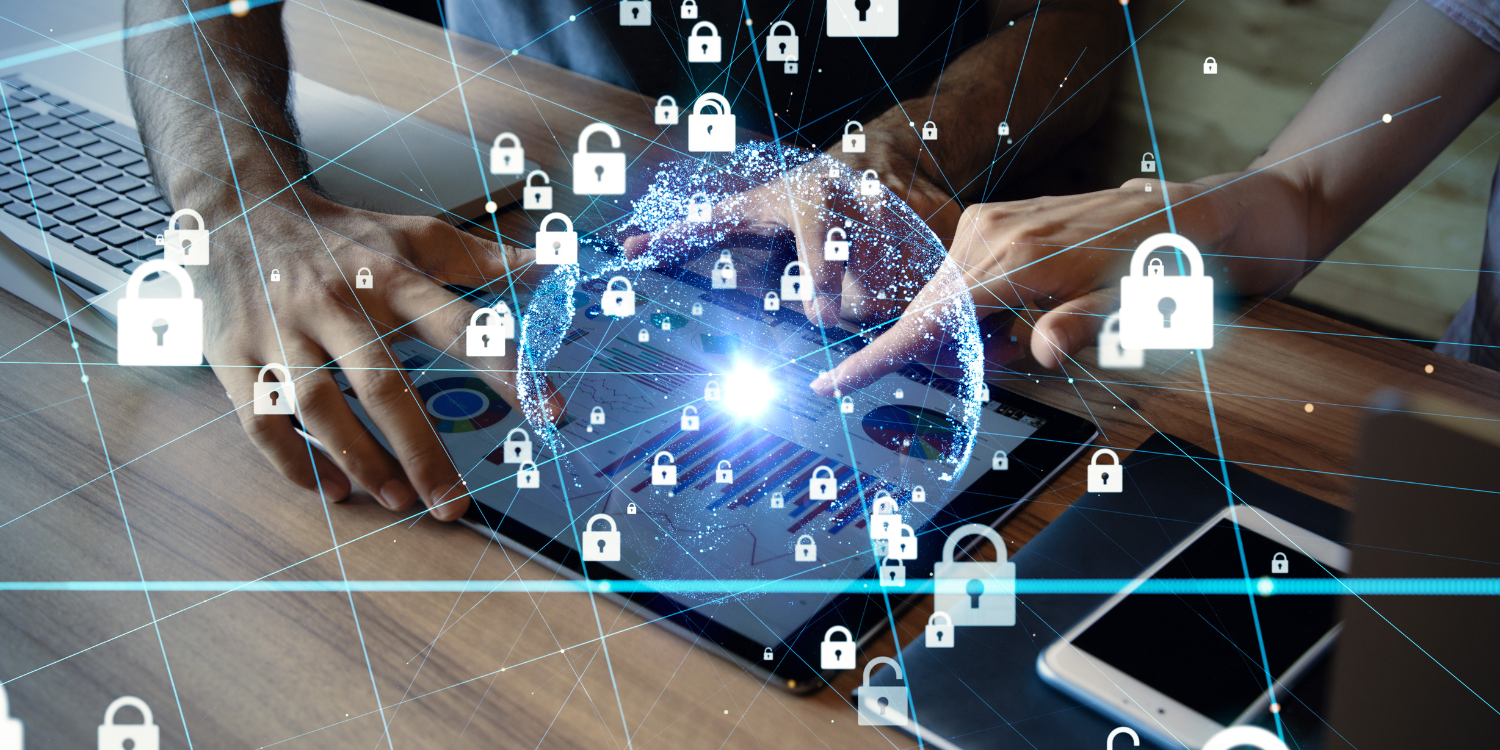Nowadays, with businesses increasingly leaning towards remote work, having secure remote access has become more important than ever. To ensure data and information security, organizations must have robust protocols in place to protect their networks from potential threats. We’ve put together a list of best practices for remote access security that can help your organization feel more secure when working away from the office.
What is Remote Access Security?
Remote access security is the combination of software, hardware, and processes that ensure secure access to a network from remote locations. It helps protect networks from unauthorized access and malicious attacks, as well as ensure data privacy.
Best Practices for Remote Access Security
When working remotely, it’s essential to ensure your data is kept safe and secure. There are several best practices for remote access security you can use to protect your data and systems.
1. Implement Multi-Factor Authentication (MFA)
MFA ensures maximum protection against data breaches and malicious attacks by requiring users to provide additional factors of authentication. Usually, it is sending a code to their cell phone or biometric identification, alongside the traditional username and password.
2. Establish a Connection Verification Process
To ensure that only authorized devices and users can access the network, organizations should establish a process for verifying connections. This could include two-factor authentication or strong encryption protocols related to user identity. Also, device authorization to ensure no unwanted third parties can gain access.
3. Monitor Access Logs Regularly
Organizations should regularly monitor remote access logs to track user activity and identify any suspicious or abnormal patterns of usage. This helps ensure that only authorized personnel are accessing the network and using it appropriately.
4. Enforce Strong Passwords Policies
Enforcing strong password policies is essential for any organization’s cyber security strategy. This helps protect against hackers and other malicious actors. Passwords should be complex and constantly changed to ensure maximum security.
5. Use Encryption Protocols
Encryption protocols help organizations protect data by encoding the information sent between devices. This prevents third parties from accessing any sensitive data, even if they manage to gain access to the network. Organizations should implement secure encryption protocols to keep their data safe and secure.
6. Utilize a Virtual Private Network (VPN)
A virtual private network (VPN) is essential for remote access security. It provides an encrypted connection between two points, which ensures that all traffic remains secure, even over open public networks like Wi-Fi hotspots. Also, it allows users to bypass geographic restrictions and access secure corporate networks from any location.
7. Train Employees on Security Protocols
Businesses need to train employees on security protocols. This includes best practices for passwords, encryption protocols, and other measures that can help protect the network from potential threats. Conduct Regular training sessions to ensure that everyone is aware of the risks associated with remote access and knows how to stay safe when using it.
Conclusion
Remote access is an integral part of modern business operations. Similarly, securing remote access is critical to prevent cyber-attacks and data breaches. When organizations implement best practices for remote access security, it provides a robust framework for mitigating the risks associated with remote access. Organizations must take a proactive approach to remote access security to protect their systems, sensitive data, and brand reputation in today’s evolving threat landscape. Moreover, by adhering to these best practices, they can ultimately build a strong and secure remote access infrastructure that allows them to work safely and efficiently from anywhere in the world.
If you need help securing your remote access, our experienced team of cybersecurity experts can help you develop and implement the right security measures for your organization. Contact us today to learn more about how we can protect your network.

